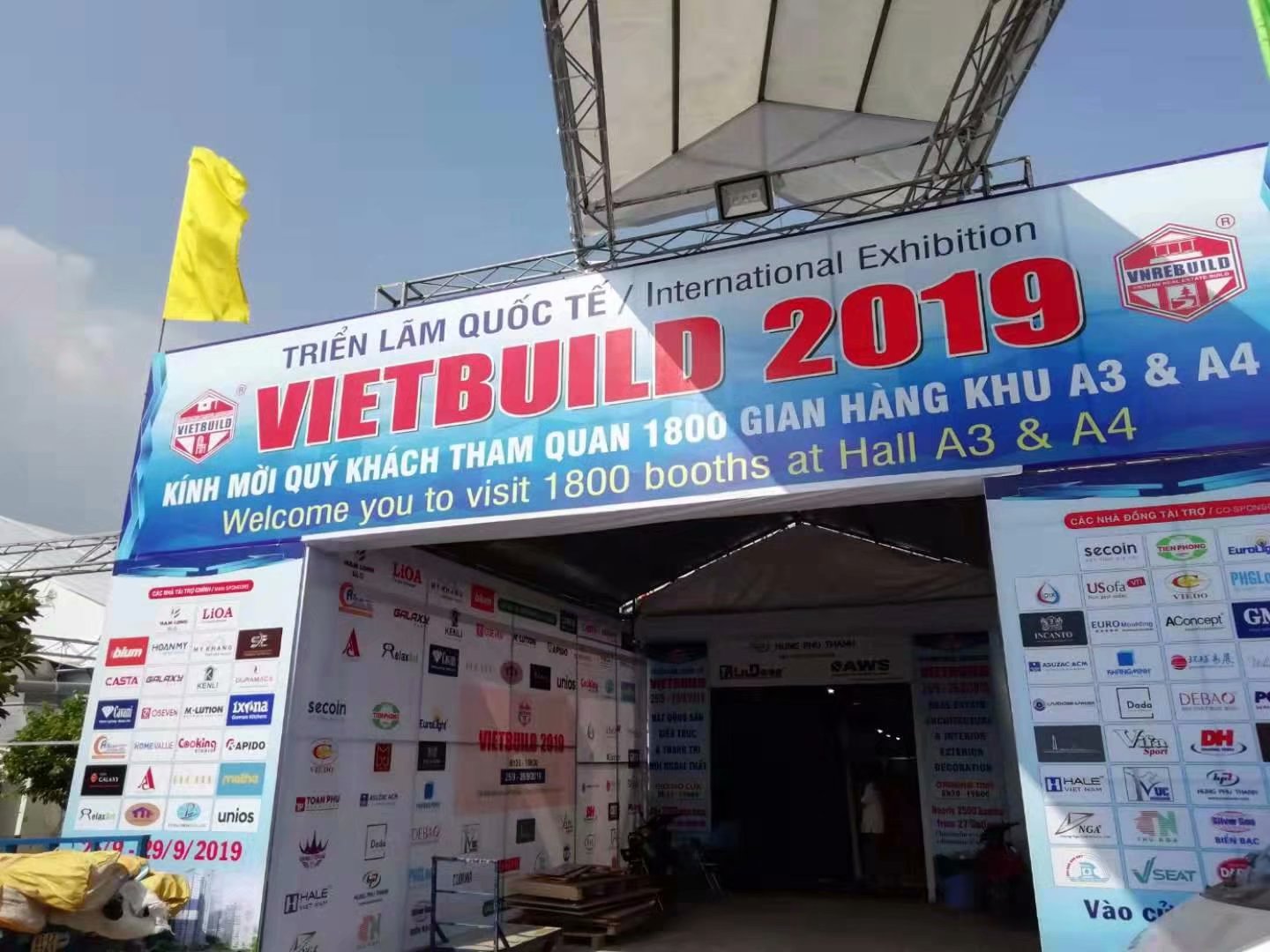Ringlock Scaffolding: Revolutionizing Construction with Safety and Versatility
As the construction industry continues to prioritize efficiency, safety, and adaptability, Ringlock scaffolding has emerged as a game-changing solution for modern building projects. Known for its modular design and robust performance, this system is increasingly replacing traditional scaffolding in high-demand sectors. Industry experts highlight its benefits in reducing project timelines, enhancing worker safety, and supporting complex structures.
What is Ringlock Scaffolding?
Ringlock scaffolding is a modular scaffolding system characterized by its circular rosette (ring) nodes, which connect horizontal and vertical components via wedges or pins. Originating in Europe, this system has gained global traction due to its flexibility, load-bearing capacity, and ease of assembly. Unlike tube-and-clamp or frame scaffolding, Ringlock’s standardized components enable rapid deployment across diverse applications.
Key Benefits of Ringlock Scaffolding
1. Superior Load Capacity
Ringlock’s interlocking design distributes weight evenly, supporting heavy loads (up to 50 kN per leg) for industrial projects, bridge construction, and high-rise buildings.
2. Faster Installation
Prefabricated components and a pin-and-wedge connection system reduce assembly time by up to 30% compared to traditional scaffolding.
3. Enhanced Safety
Non-slip platforms, guardrails, and secure locking mechanisms minimize fall risks, aligning with OSHA and global safety standards.
4. Adaptability
The modular system allows customization for curved structures, irregular shapes, and multi-level platforms, making it ideal for stadiums, shipyards, and event stages.
5. Cost Efficiency
Reusable components and reduced labor requirements lower long-term costs, even for large-scale or long-duration projects.
Applications Across Industries
Ringlock scaffolding’s versatility has made it indispensable in sectors requiring precision and reliability:
- Commercial Construction: Facilitating high-rise building exteriors, atrium roofs, and façade maintenance.
- Infrastructure Projects: Supporting bridge repairs, tunnel reinforcements, and highway overpasses.
- Industrial Facilities: Enabling access to oil refineries, power plants, and manufacturing units.
- Event Engineering: Serving as temporary stages, concert rigging, and exhibition stands.
- Residential Renovation: Simplifying access to steep roofs and complex architectural features.






